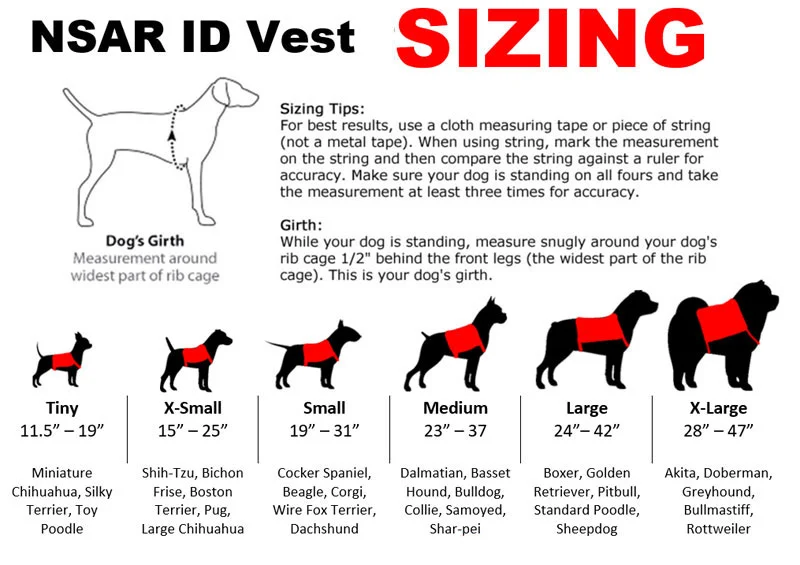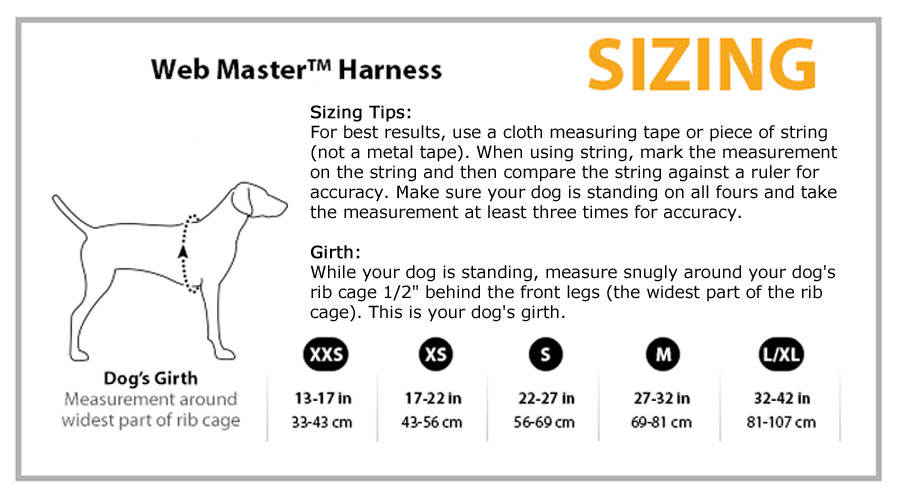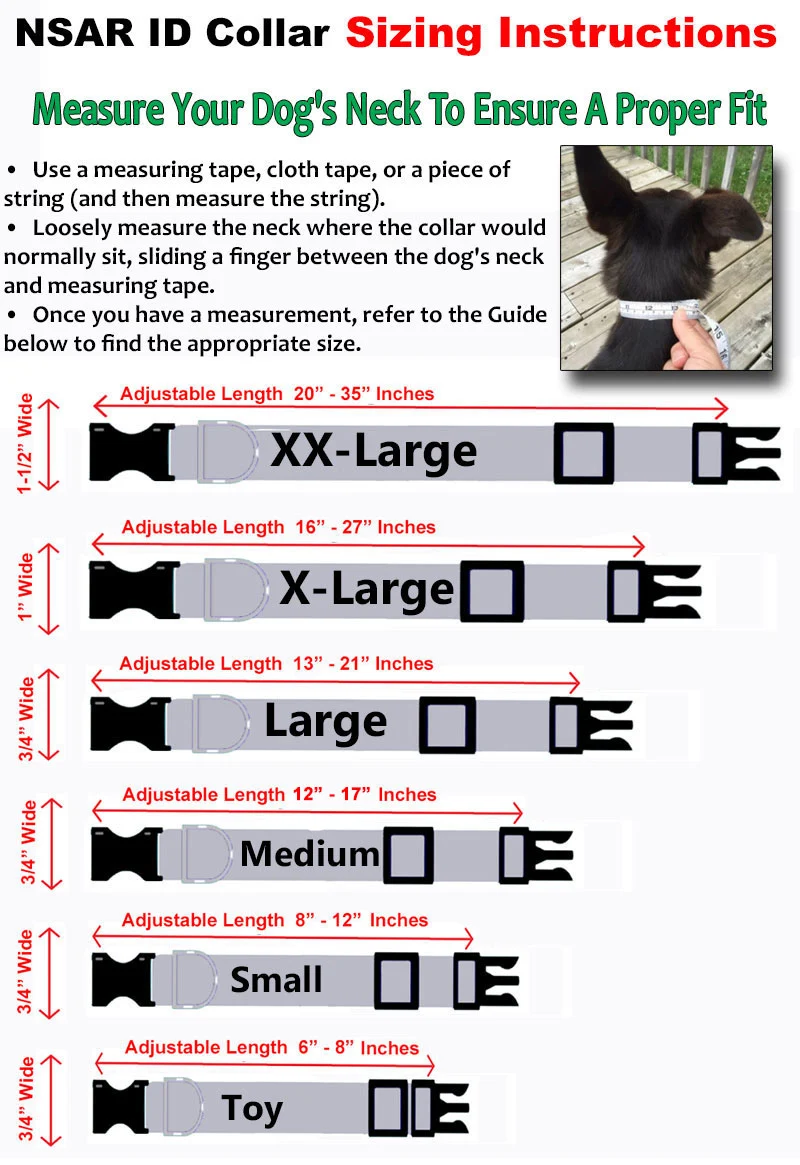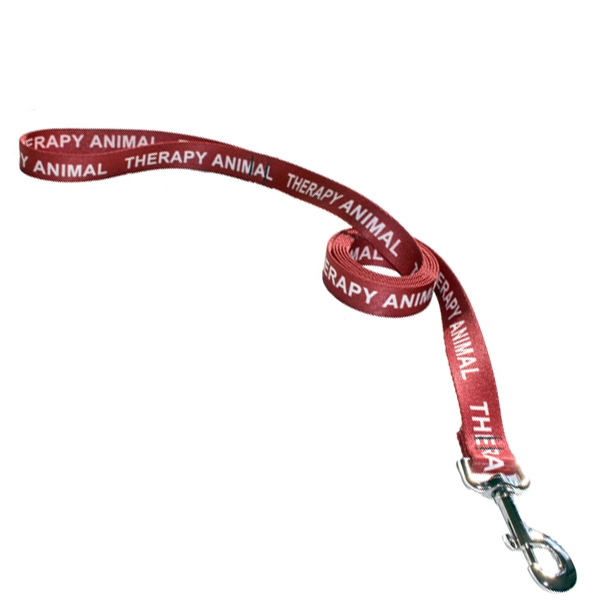
Over the last 10 years, there has been a massive increase in canine diabetes. In animals, just as in humans, it is a growing epidemic. It’s vitally important that Service Dog owners recognize the symptoms of diabetes because caught early it can be controlled and dogs can live a full life. On the other hand, left untreated diabetes can have long-term consequences and can even be fatal.
The aim of this article is to provide all the information you need to recognize the symptoms of diabetes, plus information about causes and treatment options.
What is diabetes?
Diabetes is a metabolic disorder that occurs when the pancreas either stops producing insulin, doesn’t produce enough, or the body doesn’t respond to it correctly.
Insulin acts as a “gatekeeper” in muscle, fat and liver cells, by enabling these cells to absorb glucose from the bloodstream. Service dogs, like all dogs and cats, need glucose for energy in the same way that humans do.
Insulin also helps the liver to store excess glucose. When too much sugar is present in the system insulin signals the liver to stop releasing it into the bloodstream.
If your Service Dog doesn’t have enough insulin in its system, there are two consequences. Firstly, the cells can’t absorb glucose so excessive sugar levels will build up in the bloodstream. High levels of glucose act like a poison and can cause damage to the eyes, heart, kidneys, muscles, and nerves.
Secondly, insulin is the gatekeeper that signals to the organs and muscles that they should absorb glucose to use for energy. Without it, the organs and muscles don’t get the fuel they need and start to break down protein and fats to use as fuel instead.
Type I and Type II Diabetes
The two main types of diabetes are Type I and Type II.
Type I Diabetes is also called Insulin-Deficient Diabetes. This is the most common form of diabetes in dogs. In Type I Diabetes the pancreas is damaged and doesn’t produce any insulin.
Type II Diabetes is also called Insulin-Resistant Diabetes. It is possible for your service dog to suffer from Type II Diabetes, but it is rare. In Type II Diabetes, the pancreas produces some insulin but not enough, and the body doesn’t use it as it should. This normally occurs in older, obese dogs. Sometimes female dogs get Type II Diabetes when they are on heat or pregnant.
What causes diabetes?
Obesity: Dogs are more likely to suffer from diabetes if they are obese (a good reason to help your service dog maintain a good weight). Obesity causes insulin resistance and leads to pancreatitis. Pancreatitis often causes damage to the pancreas which results in it no longer being able to produce insulin.
Steroids:Long-term use of steroids for the treatment of other disorders can lead to diabetes.
Other diseases:Cushing’s Disease causes overproduction of steroids in the body which can cause diabetes. Dogs that suffer from other autoimmune and viral diseases can also be more prone to diabetes.
Genetics: It doesn’t matter that your service dog is a mixed breed; Mixed breeds are just as likely to get diabetes as pure-breeds. Certain breeds of dogs are more prone to diabetes than others, such as Miniature Poodles, Bichons Frises, Pugs, Dachshunds, Miniature Schnauzers, Puli, Samoyeds, Keeshonds, Australian Terriers, Fox Terriers, Cairn Terriers, and Beagles.
Female dogs and older dogs (5+ years) are also more likely to suffer from diabetes.
How do I know if my service dog has diabetes?
The four classic signs of diabetes are increased frequency of urination, excessive thirst and hunger, and weight loss.
Increased urination: A dog suffering from diabetes will urinate more frequently because a lack of insulin means glucose in the bloodstream is not converted into energy. As glucose builds up, the body will try to get rid of the excess of sugar by urinating more frequently and in more volume. Your Service Dog might also have accidents in the house.
Excessive thirst: Increased urination leads to dehydration so a dog with diabetes often appears to be thirsty all the time.
Increased hunger: Dogs with diabetes often feel constantly hungry. As glucose failes to get to the brain, the brain sends out a signal that the body is starving, so your service dog keeps eating to try to get the nutrients it needs.
Dramatic weight loss:As there is no insulin present to signal to the cells they need to absorb glucose for energy, the body does not get the fuel it needs. This often causes dramatic weight loss.
If your service dog is displaying any of the following symptoms, they might have advanced diabetes.
Extreme lack of energy and/or loss of appetite: If your service dog seems to have less energy than they used to, starts sleeping excessively or loses interest in food, it might be a sign of advanced diabetes. This is caused by the cells not getting the fuel they need from glucose absorption.
Depression:Dogs with diabetes often appear to be depressed. This is caused by too many ketones in the body due to insulin deficiency.
Vomiting:Older dogs are prone to vomiting in the advanced stages of diabetes, as are females, dachshunds, and miniature poodles.
How is diabetes diagnosed?
If your Service Dog displays symptoms of diabetes, ask your Veterinarian to do blood and urine tests.
Elevated levels of glucose in the blood is a sign of diabetes, but it can also be a sign of stress, so if you are in doubt ask for further tests.
Blood tests can show other indications that your service dog may have diabetes, such as high liver enzymes and electrolyte imbalances. The sooner diabetes is diagnosed, the more chance there is that treatment will be effective, and your dog will be able to live a normal life.
How is canine diabetes treated?
Diabetes cannot be cured, but it can be treated effectively, particularly if it is caught early.
The aim of the treatment is to normalize sugar levels. Treatment usually involves a combination of insulin injections, diet, and exercise. Your Veterinarian will make a personalized plan for your service dog, taking into account his glucose levels, weight, general health, and exercise habits.
Most dogs with diabetes will need to be injected with insulin twice a day after meals. Your Veterinarian will choose which form of insulin is most suitable for him. It can take a few months to get the dose of insulin right, so you may need to take him for weekly checkups until his insulin level is normalized. Injections must be given at the same time every day. Don’t be surprised if your vet requires your service dog to have the glucose level in their blood to be measured every day using a pinprick test.
If you are consistent with the injections, monitoring, and check-ups, your Service Dog should be able to live a healthy life and is less likely to suffer from complications. Remember, if you go away and leave your dog in the care of other people, it is vital they are also confident following the treatment plan.
You might feel worried at first about giving injections but you’ll soon find it a very quick and easy process. Your Veterinarian will give you precise instructions on how to administer the injections including how to check you have the correct concentration of insulin in the syringe. Your service dog will not feel any pain. Insulin doesn’t hurt, the needles are small and injections are given under skin so they can’t damage any organs.
Obesity
If your Service Dog is obese, your Veterinarian will advise you how to get his weight under control through diet and exercise. Be prepared that this might take a few months. It is essential to get your service dog’s weight to a normal level as it is very difficult to treat dogs with diabetes if they are overweight.
Monitoring
In order to keep track of your Service Dog’s health, it’s a good idea to keep a chart with daily glucose levels, insulin dose, diet, and weekly weight so patterns can be checked and treatment adjusted as necessary.
Hospitalization
It may be necessary to hospitalize your Service Dog at first for tests and treatment. After this, he will be able to go home and you can take over his care.
If your Service Dog already has advanced diabetes and has stopped eating and drinking for several days, he might require longer hospitalization with intensive medical treatment.
How much does treatment for diabetes cost?
The cost of treatment will vary according to your Veterinarian and the health of your dog. Initially, you will need to pay for regular checkups and possibly hospitalization. Once the glucose levels are normalized, the cost of insulin, needles, and diet are not high.
The cost of treating a dog in the advanced stages of diabetes is much higher, however, so it’s important to get treatment as early as possible and be consistent with injections and monitoring.
What is the best diet for a dog with diabetes?
If your Service Dog is diagnosed with diabetes, your Veterinarian will advise you about the best diet. It’s important not to change his food suddenly without proper advice.
Both the type and amount of food your dog eats will have to be regulated. Normally, diabetic dogs are put on a diet that is low in fat and high in protein, complex carbohydrates, and fiber. These foods are lower in sugar and slow the absorption of glucose which means your Service Dog will not have to cope with large amounts of glucose at one time.
Giving your Service Dog a balanced diet will help regulate his glucose levels. Never give your dog treats meant for humans as these can be dangerously high in sugar.
Feed him twice a day just before his insulin injections. If you are used to leaving food out for your dog to eat when he’s hungry, you are likely to need to change this habit. It’s much more difficult with “free feeding” to accurately measure the amount of food your dog is consuming.
As well as a balanced diet, moderate and consistent exercise is vital for maintaining blood sugar levels.
What if my Service Dog doesn’t get better?
Sometimes it takes a while to find the correct dose of insulin for a dog with diabetes. Regular checkups with your Veterinarian are vital and you may need to check your dog’s glucose levels at home.
If his appetite suddenly increases or he seems thirstier than usual, contact your Veterinarian immediately. If your Service Dog suddenly gets very lethargic or groggy it could be a sign that his blood-sugar levels are dangerous.
Complications of diabetes
Dogs with diabetes are prone to complications. These include Urinary Tract Infections because of the high levels of sugar in the urine. In addition, it is very important for dogs with diabetes to have their teeth cleaned regularly as oral infections can cause increases in blood sugar.
If your Service Dog has diabetes, he is also more likely to get cataracts. Dogs often cope well with reduced sight because their hearing and sense of smell are so acute.
There are other complications of diabetes particularly involving the liver and kidneys, and dogs with diabetes are also prone to seizures.
One of the most serious complications of diabetes is Ketoacidosis which is caused by the liver breaking down fat into ketones. This is often caused by a combination of low insulin levels and another infection, surgery, or stress.
Ketoacidosis is potentially life-threatening. Symptoms include sweet breath, panting, dehydration, lethargy, vomiting. As part of your management plan, your Veterinarian may give you ketone measuring sticks so you can monitor the level of ketones and catch an increase before it becomes a problem. If your dog shows increased levels, or displays any of the symptoms mentioned above, consult with your Veterinarian immediately.
Final words
Diabetes is a very serious disease and shouldn’t be underestimated. If your Service Dog displays any of the symptoms mentioned above, it is vital you consult your Veterinarian immediately. If caught early, treatment can be very effective, and your dog will be able to live a full life. Left untreated, however, it can lead to many other health issues.



























